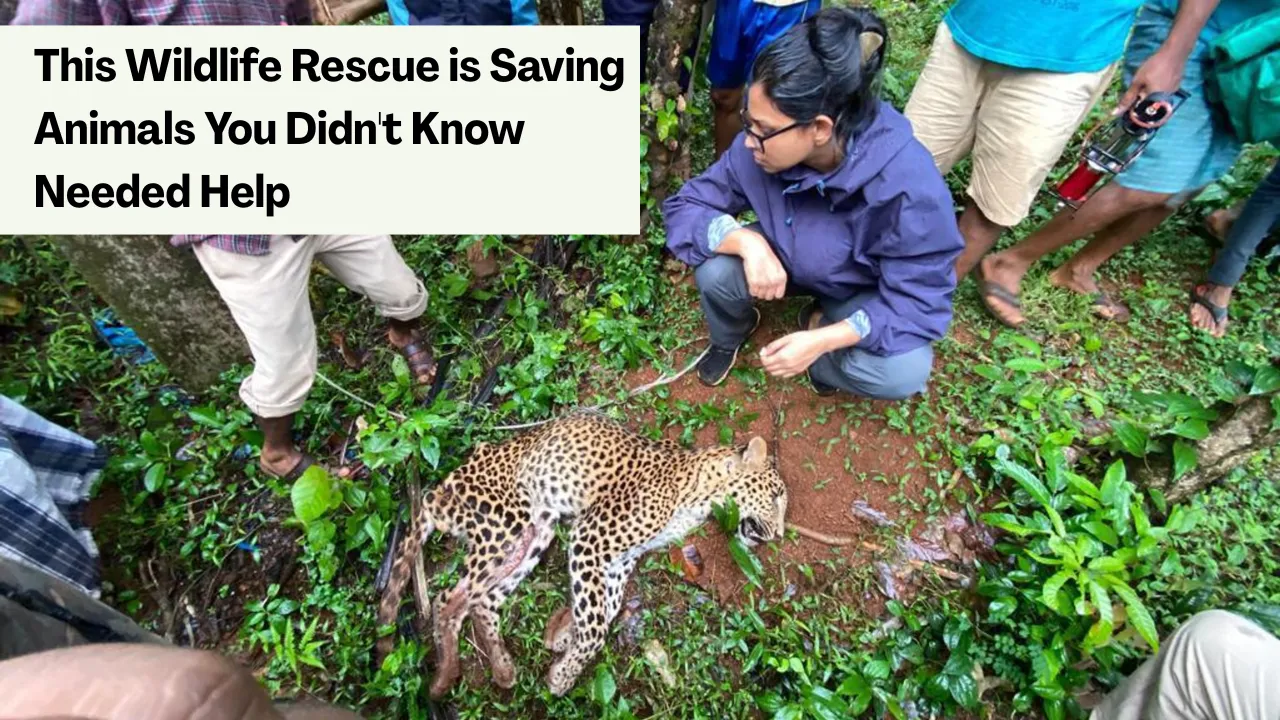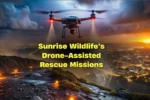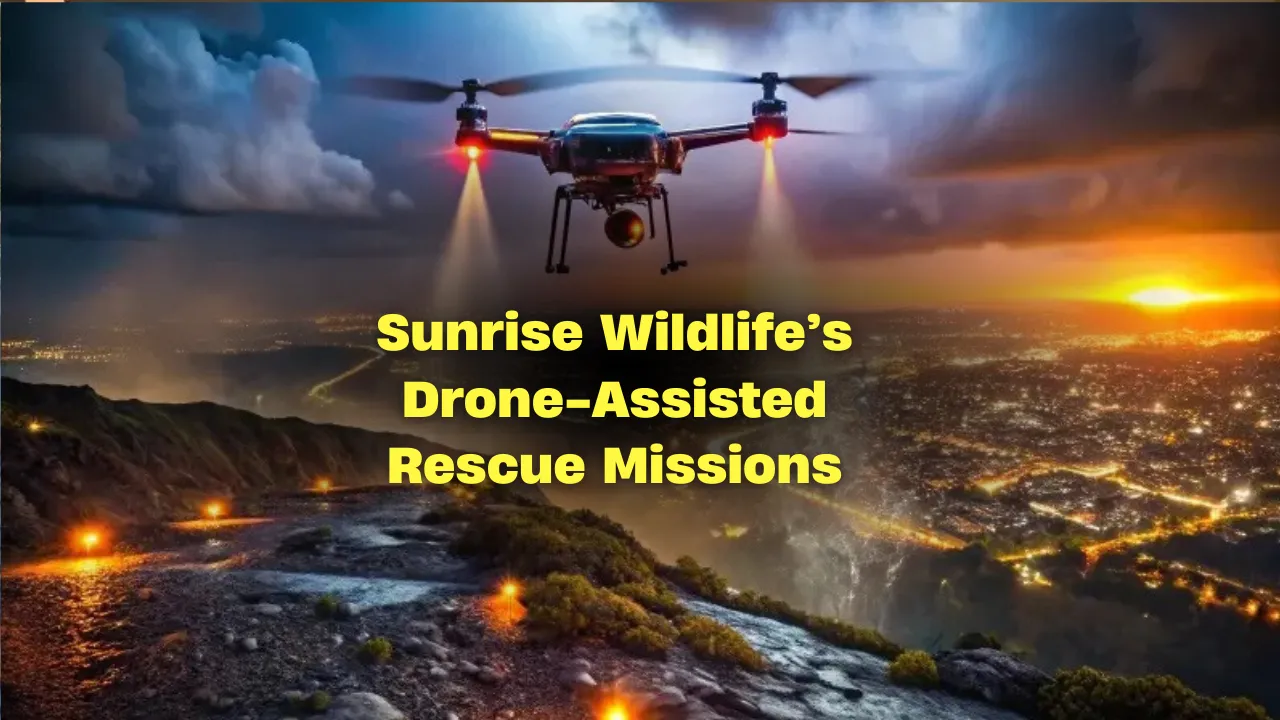Inside Sunrise Wildlife: Sunrise Wildlife isn’t just another animal rescue center — it’s a lifeline for wild creatures left behind by the fast pace of human life. Each day, animals face dangers from vehicles, development, storms, and more. When they’re hurt, abandoned, or orphaned, Sunrise Wildlife steps in to give them a second chance.
This article offers a detailed look inside the rescue mission that powers Sunrise Wildlife. You’ll learn how the center operates, the kinds of animals it saves, how they’re rehabilitated, and what makes this wildlife sanctuary different. We also cover the challenges the team faces, the people behind the mission, and how you can be part of protecting native species and wildlife in crisis.
Inside Sunrise Wildlife: Giving Wild Animals a Fighting Chance
At its core, Sunrise Wildlife is committed to wildlife rehabilitation and wild animal care with a strong focus on returning creatures to their natural environment. The rescue center operates 24/7, responding to emergencies involving injured animals, displaced baby wildlife, and animals caught in human conflict. What makes this center stand out is not just the number of animals it saves, but the thoughtful, hands-on approach its staff and wildlife volunteers apply in every case. With expertise in native species and tailored treatment programs, Sunrise Wildlife is leading the way in ethical, compassionate wildlife protection.
What Sunrise Wildlife Is All About
| Aspect | Details |
| Founded | Over a decade ago by local conservationists |
| Focus | Rescue, rehabilitation, and release of wild animals |
| Common Patients | Hawks, owls, foxes, raccoons, turtles, squirrels, fawns |
| Services Offered | Emergency care, medical treatment, feeding, rewilding training |
| Funding | Donations, community support, sponsorships |
| Volunteer Involvement | High – over 100 active wildlife volunteers each year |
| Educational Programs | Outreach to schools, online sessions, training for wildlife-safe practices |
| Long-Term Goal | Full recovery and release into the wild, or sanctuary placement if needed |
The Heart of Sunrise Wildlife
The mission of Sunrise Wildlife goes beyond shelter and food — it’s about restoring the natural instincts that wild creatures need to survive. Animals that come in with trauma or illness receive immediate medical care from licensed rehabilitators. From there, the path to recovery is carefully planned based on the animal’s age, species, and condition.
Whether it’s a baby squirrel who lost its mother or an injured owl hit by a car, each animal is treated as an individual with a story worth saving. The team focuses on helping animals recover both physically and behaviorally so they can return to the wild with a fighting chance. For animals that can’t be released due to permanent injury, the center becomes a lifelong home — a sanctuary for survival.
What Happens When an Animal Arrives
Every arrival at Sunrise Wildlife begins with evaluation. A trained wildlife rehabilitator conducts an initial health check. If needed, emergency treatment is administered right away — sometimes this includes surgery or hydration therapy. Injured animals are then placed in quiet, warm enclosures designed to reduce stress and mimic natural environments.
For orphaned animals, specialized care is critical. Baby mammals may require bottle feeding and around-the-clock warmth. Young birds are hand-fed and taught how to fly. Each step is carefully monitored, and milestones are tracked to decide when the animal is ready for the next phase — training for reintroduction into the wild.
Types of Animals They Rescue
The rescue center is equipped to care for a broad range of wild animals:
- Birds of Prey: These include eagles, falcons, and owls. Many arrive with broken wings or vision loss caused by window strikes or power lines.
- Small Mammals: Raccoons, squirrels, rabbits, and opossums are often found orphaned or sick from exposure. They are nursed back to health and taught survival skills.
- Reptiles and Amphibians: Injured turtles, displaced snakes, and frogs needing care are handled by specialists with species-specific knowledge.
- Deer and Fawns: A common sight in areas facing deforestation or high road traffic. The young are often separated from their mothers and require months of care.
Challenges Faced by Sunrise Wildlife
Running a wildlife rehabilitation center like Sunrise Wildlife comes with major challenges. First is funding — medical supplies, food, and heating systems for different species require ongoing donations. Second is space — as urban sprawl grows, so does the number of displaced or injured animals brought to the facility.
Another constant issue is public awareness. Many people don’t realize what to do when they find a wild animal in distress, and some cause unintentional harm by trying to help without proper knowledge. That’s why Sunrise Wildlife also invests heavily in outreach and education.
How You Can Help
You don’t need to be a wildlife expert to make a real difference. Here are simple ways you can support Sunrise Wildlife:
- Donate: Even small monthly donations help feed and treat dozens of animals.
- Volunteer: Help with feeding, cleaning, or educating the public. All skills are welcomed.
- Sponsor an Animal: Choose an injured animal to support and get updates on its progress.
- Spread Awareness: Share stories, facts, and safety tips on your social media.
- Report Responsibly: Know who to call if you encounter an injured or orphaned animal.
Your actions can directly impact the survival of native species in your area.
A Day in the Life at the Rescue Center
At Sunrise Wildlife, the work never slows down. Mornings start early with feeding schedules, followed by medical rounds and cleaning. Midday is often busy with new arrivals, requiring rapid assessment and treatment. Afternoons might be used for behavioral training, such as helping young birds practice flight or preparing mammals for re-entry into the wild.
Volunteers handle everything from laundry to preparing enrichment activities for long-term residents. It’s not glamorous, but every task plays a part in saving a life.
Key Roles at Sunrise Wildlife
Two essential roles define the success of Sunrise Wildlife:
- Wildlife Rehabilitator: They provide all aspects of medical and nutritional care. Their work includes treatment plans, feeding schedules, and eventual release evaluation.
- Volunteer Coordinator: They manage shifts, assign roles, and train new helpers to make sure every animal gets the attention it needs.
These people are the heartbeat of the center, keeping everything running smoothly under pressure.
FAQs
What should I do if I find an injured wild animal?
Keep your distance and avoid touching it. Call Sunrise Wildlife or your local wildlife rescue center immediately.
Can I bring a wild animal directly to the center?
Yes, but always call first. Some animals need special handling, and improper transport can worsen injuries.
Do they accept pets or exotic animals?
No, Sunrise Wildlife focuses solely on native wild species. Contact your local animal shelter for domestic cases.
How are animals prepared for release?
They undergo physical rehabilitation and behavioral training to ensure they can hunt, fly, or survive on their own.
Is Sunrise Wildlife open to visitors?
Most centers limit access to reduce animal stress, but some offer open houses or online education sessions.
Final Thought
Sunrise Wildlife proves that even the smallest efforts can create enormous change in the lives of wild animals. Through skill, compassion, and a powerful sense of duty, this team is healing injuries, rebuilding trust, and returning animals to the wild where they belong.
If this mission speaks to you, don’t let it stop at reading. Donate, volunteer, or even just share their work. Each action helps build a world where wildlife has a fighting chance. Ready to connect with nature? Discover how your zodiac aligns with your spirit animal and learn more about your place in the natural world.












